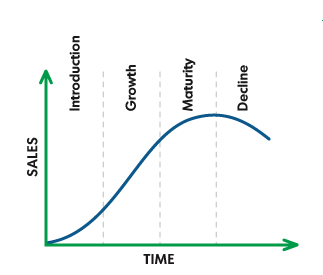Emotional Marketing
Emotional marketing is a highly successful method that is used by marketers to both attract and retain customers. The main aim of emotional marketing is to connect to customers’ hearts. It is seen that emotional thoughts stimulate people’s minds faster than rational thoughts. Emotional marketing is all about considering the feelings and needs of customers and finding ways to take advantage of the same to achieve higher volumes of sales. Most marketers are now adopting emotional marketing technique because of the realization that the emotional route can be effectively used to change consumers’ attitude towards their products. Now-a-days companies are using emotional advertisements to evoke favorable reaction from consumers.… Read the rest




